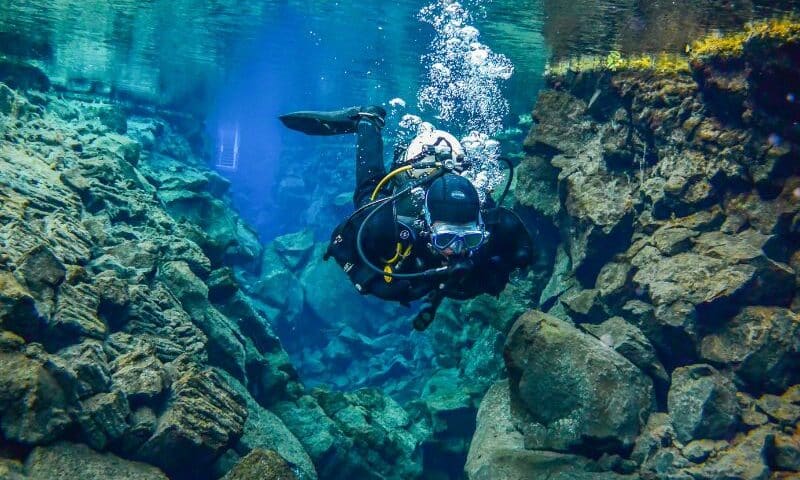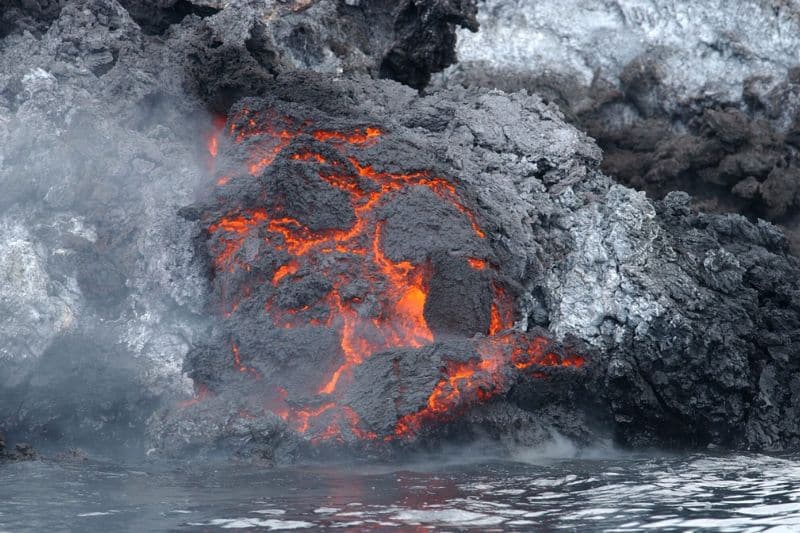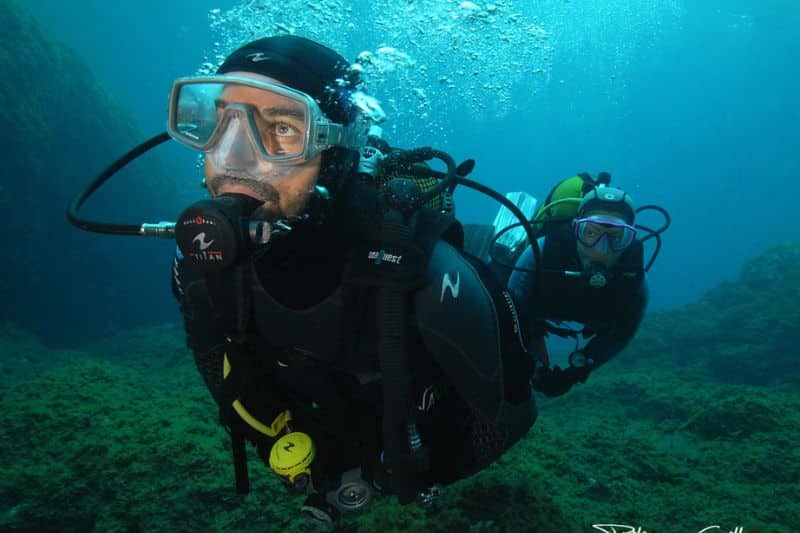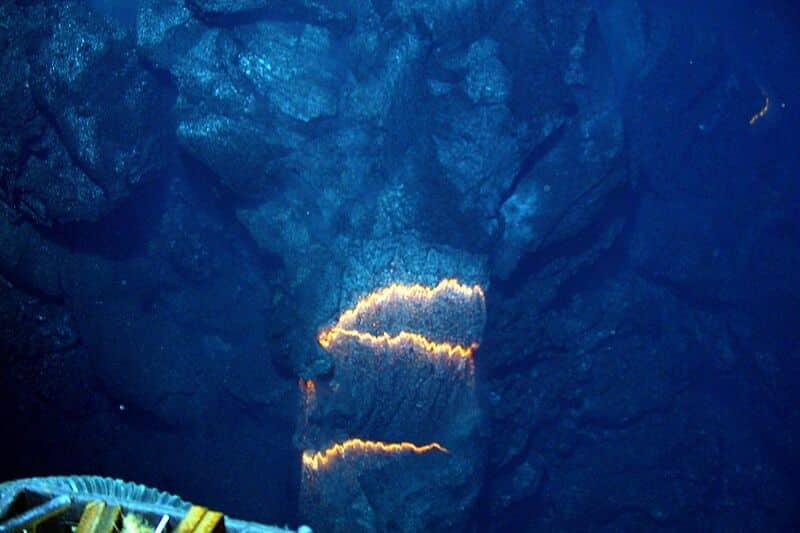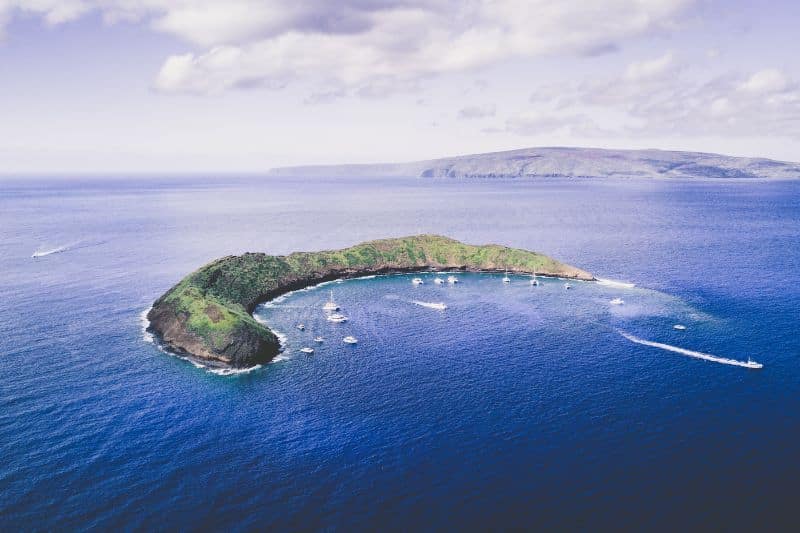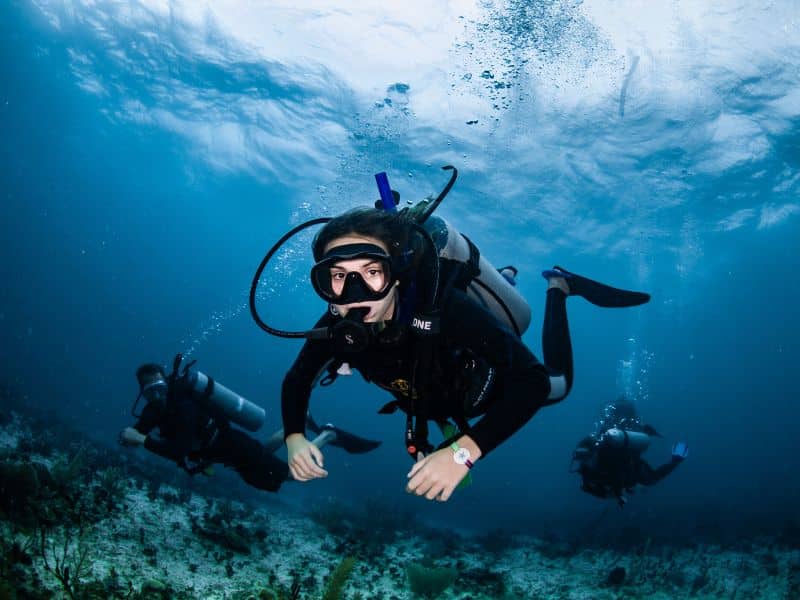1. What is Volcano Diving?
If you’re looking for a breathtaking experience, volcano diving might be the answer. This type of diving leaves behind coral reefs and shipwrecks to explore underwater volcanic terrain: lava tubes, basalt columns, craters… It’s like exploring another world, with the chance to see Earth’s incredible geothermal activity up close. And yes, some of these volcanoes are active.
What you can expect when diving in volcanoes are challenging conditions: strong currents, changing temperatures, dense underwater vegetation… All of this makes it an experience suitable only for adventurous divers.
2. Volcanic Formations for Diving
Dive into an underwater world where fire and water meet, creating landscapes that seem from another planet. Lava flows and unique rock formations, created by the slow cooling of molten lava, transport you to a prehistoric world where each fold and crack tells a story of past eruptions.
Here are some of the formations you can find:
- Pillow Lava: Formed when lava cools rapidly upon contacting water, these formations resemble petrified cushions or pillows.
- Basalt Columns: Fascinating hexagonal formations that look like a giant honeycomb, creating a geometric and harmonious underwater landscape. They form through the slow cooling of liquid lava in volcanic chimneys or in calderas that do not overflow.
- Lava Tubes: Tunnels formed by lava that cooled on the outside while still flowing on the inside.
- Lava Pillars: Colossal columns of solidified lava that make divers feel like they are in an underwater temple.
Volcanic craters, though they might seem like scars on the Earth, are the summit of the volcano. Underwater, they teem with marine life. Thanks to the nutrient-rich waters emanating from the volcano, these places become oases for fish, corals, and other marine creatures.
- Calderas: A caldera is a much larger and deeper depression than a crater. They can span several kilometers in diameter and form when a volcano collapses after a massive eruption, hosting unique ecosystems full of marine life.




